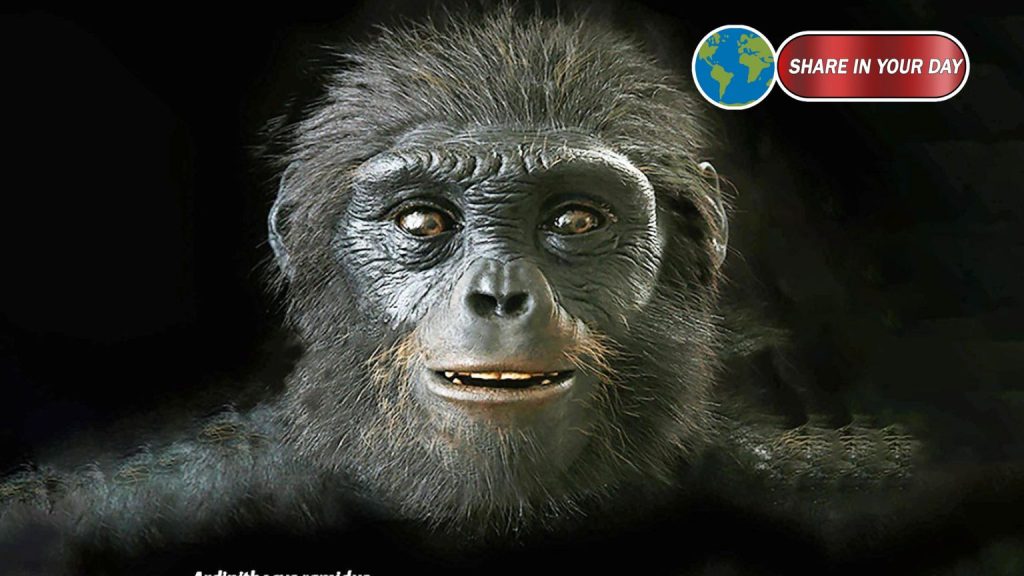New Study on Ardipithecus ramidus Ankle Suggests Humans Evolved From African Ape‑Like Ancestor
A recent study has reignited key debates in human evolution by offering compelling new evidence that our earliest ancestors may have evolved from an African ape‑like ancestor—rather than from a strictly tree‑dwelling species. The research, published in Communications Biology, focuses on the ankle bones of the 4.4‑million‑year‑old species Ardipithecus ramidus, known informally as “Ardi.”

The ancient ankle under the microscope
Researchers led by Thomas (Cody) Prang at Washington University in St. Louis revisited Ardi’s talus and calcaneus (ankle and heel bones) and compared them across a broad sample of primate species—from monkeys to apes to early hominins.
Their measurements revealed that the “talar angle” of Ardi’s ankle bone was about 14.5°, the highest value recorded in fossil hominins so far, and fully within the range of modern African apes (such as chimpanzees and gorillas).
In addition, they found a deep groove for the flexor hallucis longus tendon (a big‑toe flexor) and a pronounced rimmed joint surface—features typically associated with powerful climbing and robust stability on the ground.
Together, these anatomical traits suggest that Ardi was adapted for both tree‑climbing and walking on solid ground—placing one “foot” in the trees and another on the forest floor. The authors interpret this as a mosaic locomotor adaptation rather than a pure arboreal or pure bipedal form.
Implications for human evolutionary models
The findings challenge and refine established models of human evolution. Previously some scientists argued that the common ancestor of humans and African apes was a generalized arboreal primate, distinct from modern apes. But this new evidence suggests instead that the ancestor may have been more like modern African apes in locomotor habits, combining climbing with terrestrial movement.
As the authors state: living African apes (chimpanzees, gorillas) may represent “dead ends or cul‑de‑sacs” rather than direct ancestors of the human lineage, which instead emerged from an ape‑like form of locomotion that included both climbing and walking upright.
A transitional stage between trees and ground
Ardi’s anatomy supports a picture of evolutionary transition: not a sudden switch from tree‑life to two‑legged walking, but rather a gradual retooling of anatomy. The combination of climbing features (grasping big toe, steep talar angle) and emerging walking features (enhanced push‑off capability in the foot) indicate this intermediary stage.
What this means is that early hominins may have spent significant time both in trees and on the ground—before full upright bipedalism became the dominant mode of movement in later species like the Australopithecus afarensis (“Lucy”) and the genus Homo.
Key takeaways
- Ardi’s ankle and foot architecture are consistent with significant climbing capacity, yet also show adaptations for push‑off and walking.
- The discovery reframes our understanding of the last common ancestor of humans and African apes: it may not have looked like a chimpanzee, but shared many anatomical features with them.
- Human bipedalism may have evolved from a form of locomotion grounded in climbing and terrestrial quadrupedalism rather than purely savanna‑based walking.
- The study underscores how evolution often proceeds via gradual adaptation and mosaic traits, rather than clean transitions.
What remains to be answered
The authors caution that while the talus and calcaneus provide important insight, they do not fully capture all aspects of locomotion. Some variation exists, as indicated by another ankle of Ardipithecus from Ethiopia with a smaller angle—suggesting there was diversity within the species.
Also, while this research clarifies how early hominins moved, it does not rewrite the complete human‑ape divergence story. The lineage split, timing, and environmental drivers remain under active investigation.




